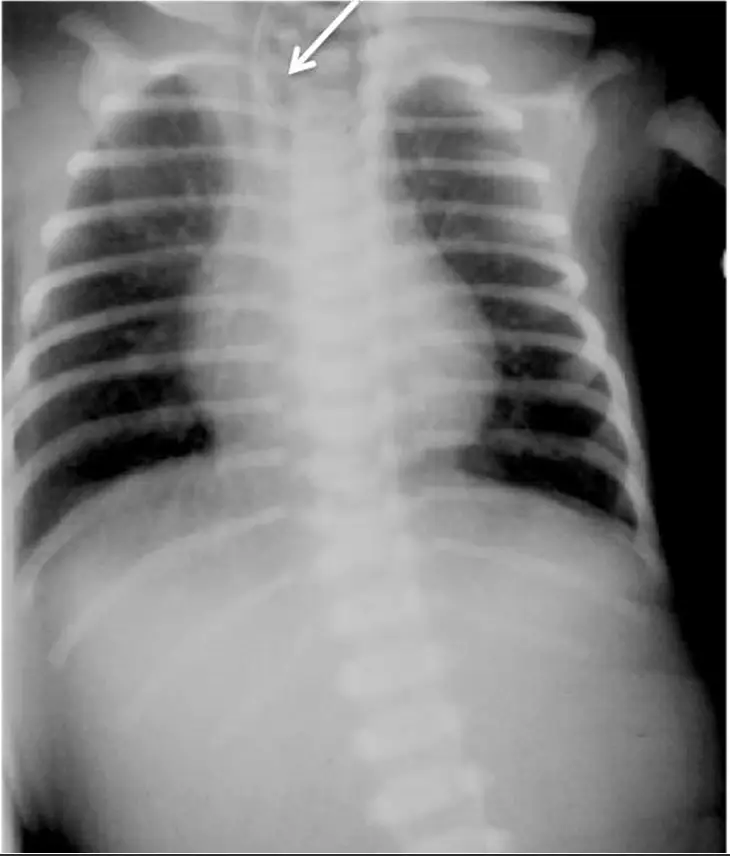Morton’s Neuroma & Metatarsalgia
What is Metatarsalgia?
Metatarsalgia refers to pain and inflammation in the ball of the foot, often caused by:
- Joint problems (arthritis, instability)
- Overload (high-impact activities, ill-fitting shoes)
- Nerve irritation (such as Morton’s neuroma)
What is Morton’s Neuroma?
Morton’s neuroma is a painful nerve compression most commonly occurring between the third and fourth toes. It develops when the common digital nerve becomes thickened and irritated, usually due to:
- Tight footwear (narrow toe box, high heels)
- Repetitive stress (running, jumping)
- Forefoot deformities (bunions, hammertoes)
Symptoms of Morton’s Neuroma
- Sharp, burning pain in the ball of the foot
- Numbness or tingling in the toes
- Feeling of a “pebble” or lump under the foot
- Worsening pain with walking or tight shoes
Diagnosis
A doctor may confirm Morton’s neuroma using:
- Ultrasound (to visualize nerve thickening)
- MRI (for detailed soft tissue imaging)
Non-Surgical Treatments
- Footwear Modifications – Wear wide, cushioned shoes with a low heel.
- Orthotic Inserts – A metatarsal dome helps reduce pressure on the nerve.
- Steroid Injections – Can reduce inflammation and pain.
- Activity Modification – Avoid high-impact sports if they worsen symptoms.
Surgical Treatment (When Conservative Options Fail)
- Nerve Resection (Neurectomy) – The affected nerve is removed, which may lead to permanent partial numbness in the toes.
- Risks Include: Recurring pain, dissatisfaction, or incomplete relief.
Recovery & Prevention Tips
- Choose proper footwear with a wide toe box.
- Use metatarsal pads to relieve pressure.
- Stretch and strengthen foot muscles to improve alignment.
Morton’s Neuroma & Metatarsalgia


